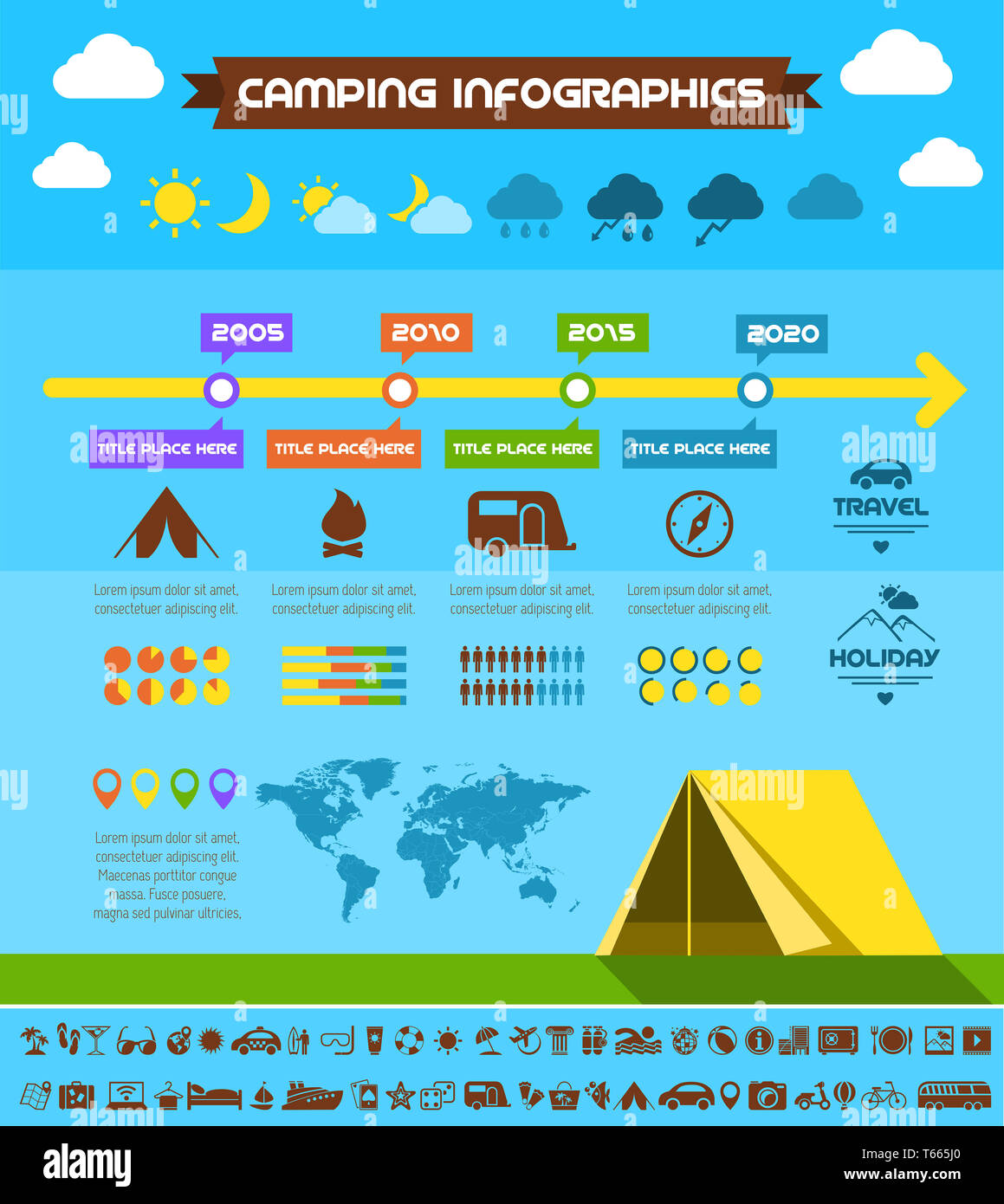While both offer staminas in different settings, it is essential to determine which sort of insulation will certainly best offer your requirements. The insulation you pick effects warmth, weight, water resistance, compressibility and rate.
Down is collected from waterfowl, generally ducks or geese. It is treasured for its lightness, easy compression and shielding residential or commercial properties. Nevertheless, down comes to be much less reliable when wet.
Warmth-to-Weight
A high warmth-to-weight ratio is desired in outdoor clothes and gear. The protecting buildings of down feathers make them a fantastic choice for this purpose, as they are incredibly warm and lightweight.
However, down loses its shielding capacities when it gets wet, implying it needs to be paired with a water resistant covering. Furthermore, some individuals are allergic to down, making synthetic coats a much better option for them.
Synthetic insulations are normally made from recycled polyester and designed to mimic down's protecting residential properties. They are not as light-weight as down, but they do not shed their protecting abilities when they splash and completely dry more quickly than down. They are additionally much more economical than down. Nonetheless, their life-span is much shorter than down, leading to greater upkeep and substitute costs.
Water Resistance
The insulation you pick for your work coat will certainly make a large distinction in just how comfy you really feel outdoors. Nonetheless, the sort of insulation you select additionally has considerable effects for your sustainability objectives.
Down is an excellent insulator for a variety of factors. It's light-weight, compressible, and supplies a good warmth-to-weight proportion. Nonetheless, it does not fare well when it gets wet. Down globs up and loses its loft space when damp, which can substantially lower its capacity to catch warmth.
Artificial insulation products, such as Thinsulate and Primaloft, stand up better against wet problems. They commonly have a limited weave or chemical covering that maintains water from penetrating the material. This enables the insulation to continue to be breathable, even if wet. It's worth keeping in mind that synthetics can additionally be unpleasant when wet, yet they retain their shielding buildings.
Compressibility
While goose down does have an exceptional warmth-to-weight proportion, artificial insulation performs likewise. However, unlike down which absorbs and loses its protecting capabilities when wet, artificial insulation does not. Therefore, it can keep its loft space and trap cozy air in damp conditions.
Normally manufactured from polyester sheets or clusters that resemble down, the most usual synthetic insulation brand names consist of PrimaLoft, FullRange, Thermoball and Patagonia's PlumaFill. While it still can't match down's loftiness and warmth-to-weight, artificial jackets are lightweight, fast to completely dry and more economical than down. This makes synthetic jackets perfect for damp atmospheres, or if you're prone to sweating greatly. Artificial jackets are likewise much less fragile than down and can lose. reusable This toughness encompasses their face textiles which are usually thicker and extra sturdy than down.
Resilience
A significant consideration in sustainability is a product's longevity and toughness. Natural materials like cork, ThermaCork expanded cork and Havelock woollen last longer than artificial options like fiberglass and plastic. They additionally call for less upkeep and can withstand severe environmental problems.
Nonetheless, natural insulation doesn't carry out as well when wet as artificial choices. Woollen and fleece clump together when damp, endangering their ability to trap warmth. Artificial insulation, on the other hand, does not soak up moisture and remains to insulate even when soaked.
This makes artificial insulation perfect for wet climates and laborious activities where you may sweat heavily. It's also easier to clean and dries out faster than down. This included longevity and reliability make synthetic insulation a total victor in this category. This equates to durable protected job boots that last long and maintain you warm via requiring environments.
Sustainability
Natural products use biodegradability and a smaller sized ecological impact, while artificial alternatives brag longevity and ingenious applications that support power performance. Nonetheless, it's important to understand truth environmental influence of these insulation materials from cradle-to-grave.
For example, if an all-natural insulation material has to travel a long distance from its source to the structure website, transportation-related exhausts enhance its total carbon impact. Selecting in your area sourced and recycled products reduces that impact. And, choosing GREENGUARD and Cradle to Cradle certifications guarantees that insulation is without unpredictable natural compounds (VOCs) and sustains accountable sourcing and labor conditions.
Lamb's wool and cork are renewable insulation resources that are harvested without hurting the tree or plant. Both have the added benefit of being normally immune to mold, bugs and dampness.
